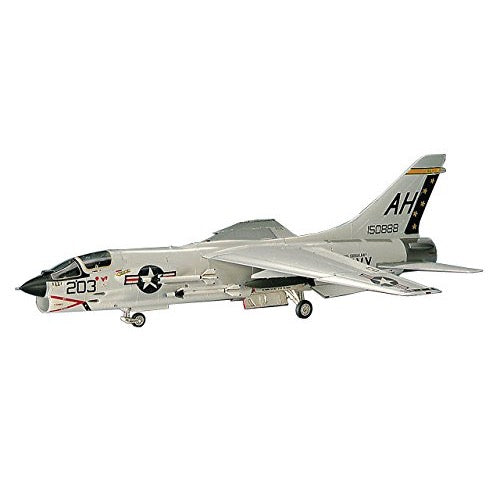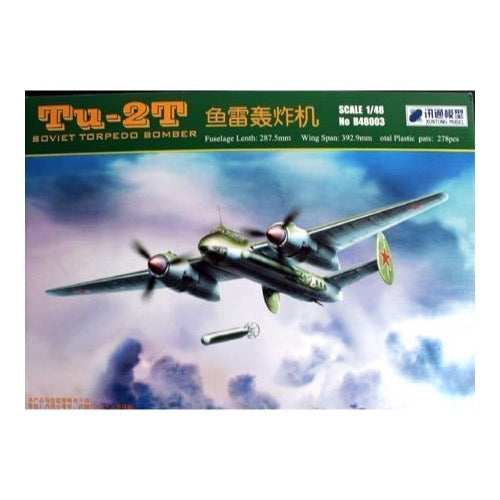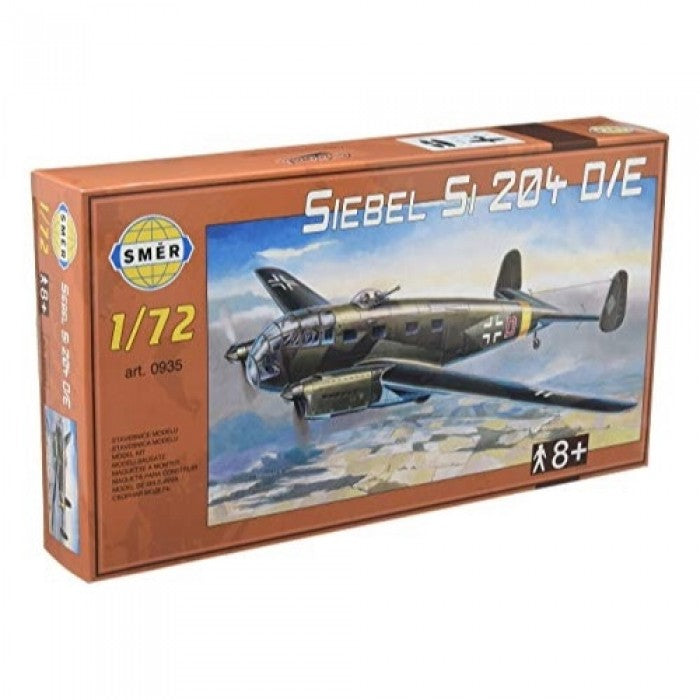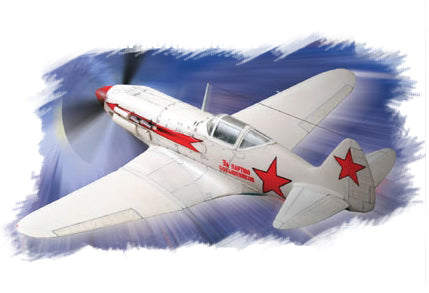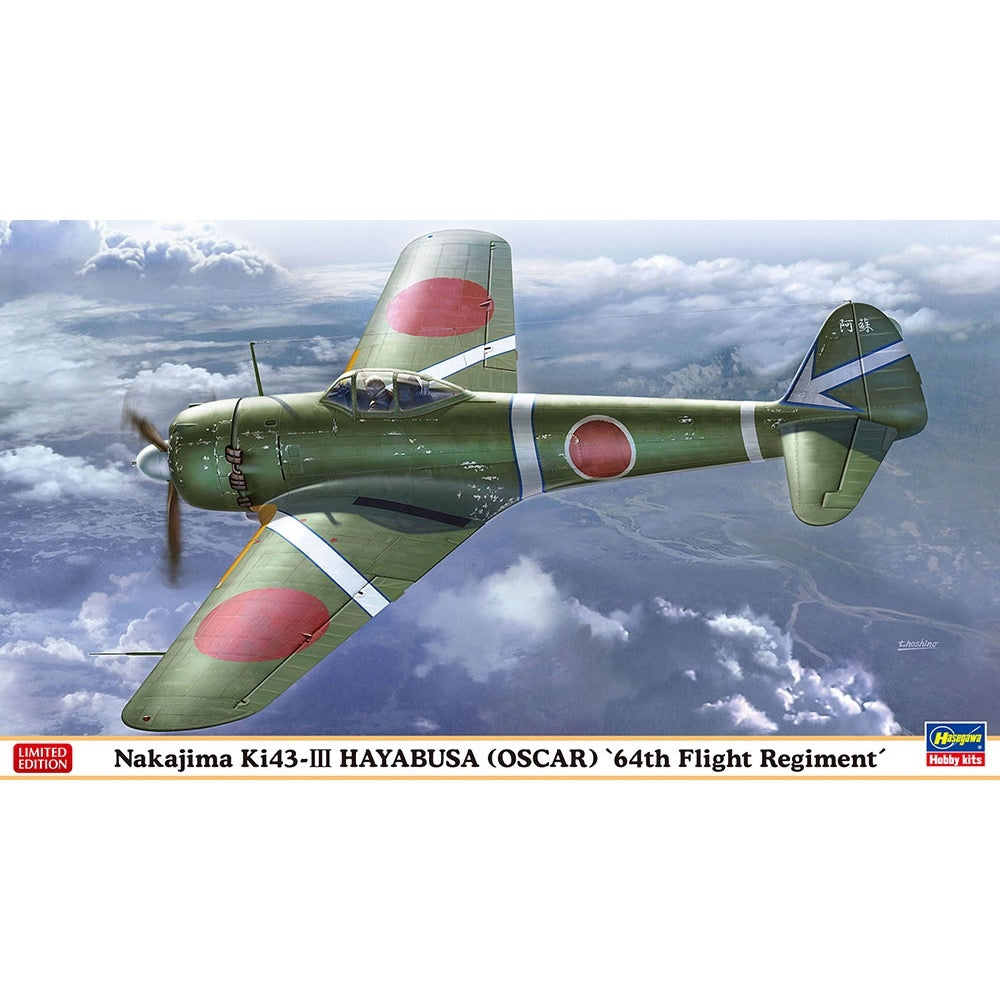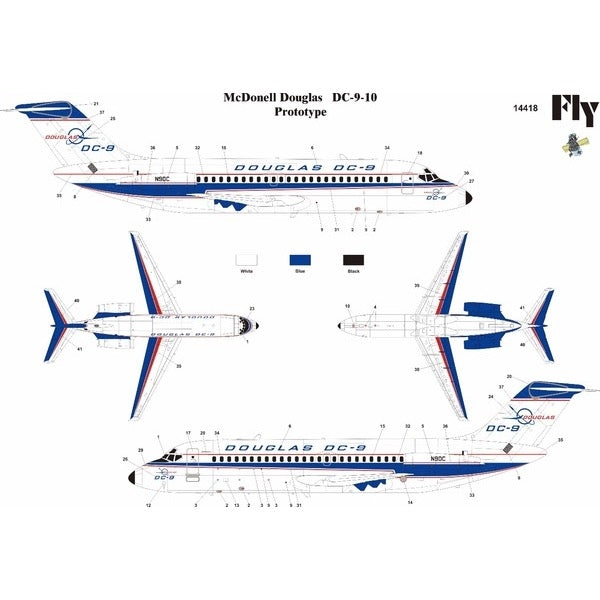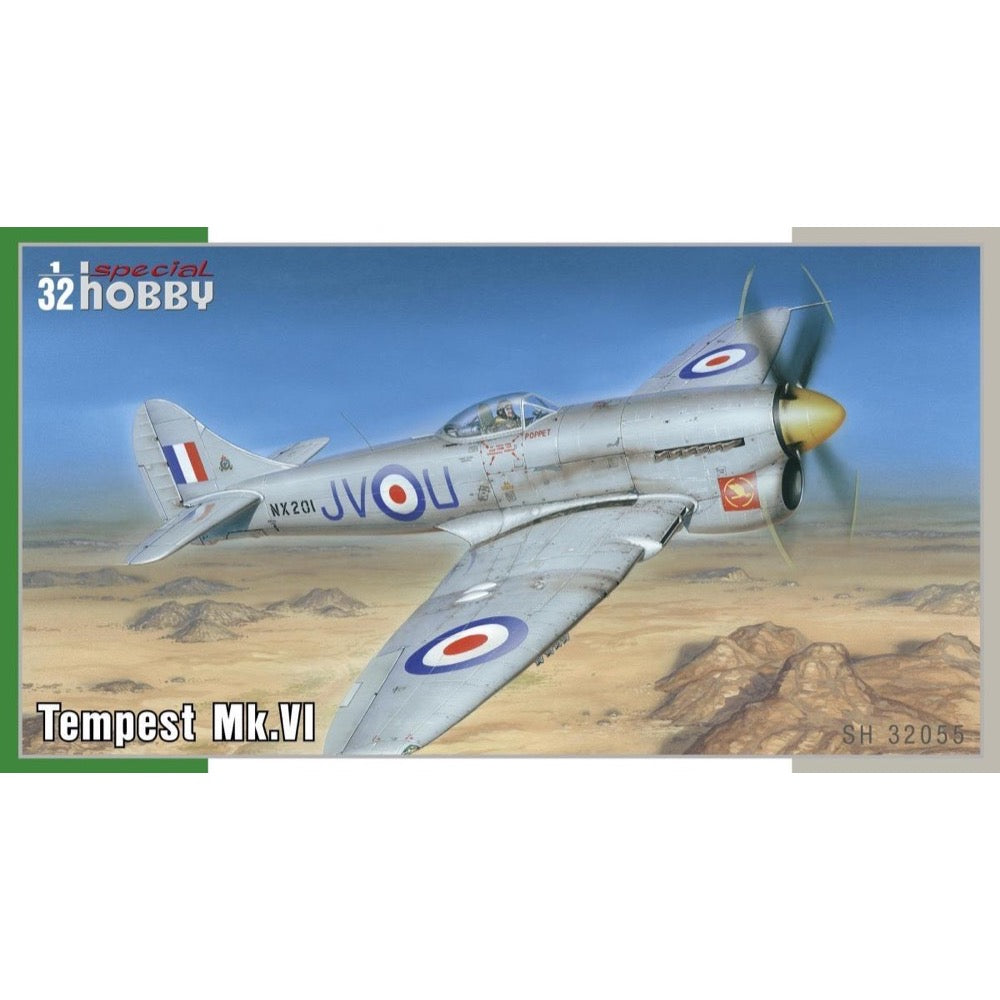
Special Hobby 32055 1/32 Tempest Mk.VI
50.00
$
<h3>Tempest Mk. VI </h3>
<p>During World War Two the opposing sides were constantly competing against each other to keep abreast of the latest technological developments and as a result this led to ever more powerful and effective warplanes. In 1941 the new German Fw 190 fighter aircraft began to enter service and as its main response the British hastily developed the Spitfire Mk.V into the Mk.IX with a better Merlin engine, although they also introduced a new type called the Hawker Typhoon Mk.I into the service too. The Typhoon fighters were rushed into service and suffered from a number of teething problems and it soon became clear that the new fighter would not fit the requirements for a standard day fighter aircraft. Sir Sydney Camm who was Hawker‘s chief designer began to design a new fighter aircraft which was partially based on the Typhoon. At first this was known as the Typhoon Mk.II but soon was renamed as the Tempest and in the end, it became one of the very best WW2 fighter machines. Following the Mk.V and Mk.II versions, the Mk.VI was put into production. Though it happened yet during the war, the type saw front line service in the post war conflict areas, mainly in the Middle East as this version was equipped for harsh desert conditions. The Mk.VI was fitted with a more powerful version of the Sabre Mk.V engine and comparing with its predecessor, the Mk.V verison, it had also larger wing root radiator, oil cooler and engine intakes.</p>
<p>The kit’s plastic parts come on eight runners of grey styrene and one with clear parts. All the major parts‘ surface is adorned with very fine rivet lines. Throughout the build, the modeller is quided via an A4 size full-colour instruction booklet. The colour schemes and decal sheets cater for four various Tempest Mk.VI machines, the first of which, ie Camo A option features an overall silver doped machine bearing the name Poppet, Camo B option brings a RAF day fighter scheme coloured machine with red and white fuselage code letters. One of the very few bare metal Tempests is portrayed in Camo C option and wears V fuselage code. The final option is a machine with RAF desert scheme. The decal sheets bring also a full set of airframe stencils including those for the interior and fuel tanks.</p>
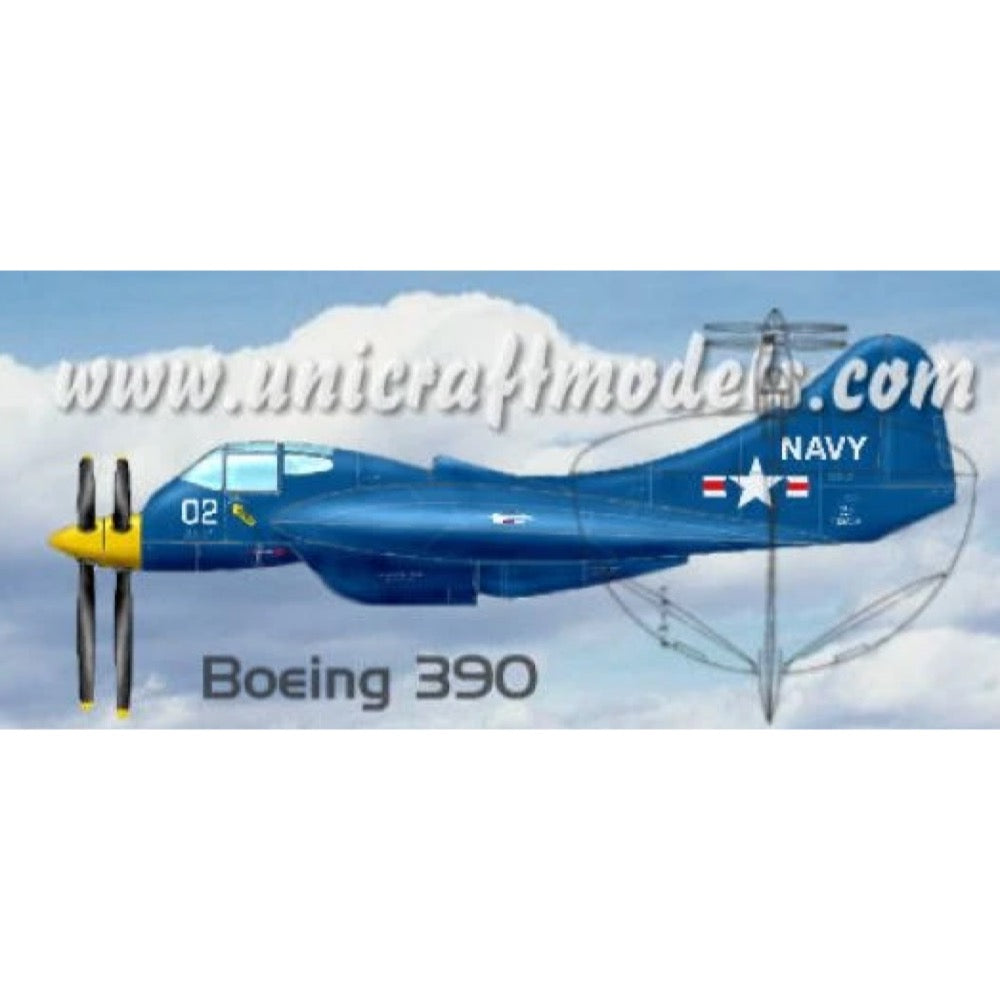
Unimodel 1/72 Boeing 390 / F9B-2 U.S. NAVY Flying Flapjack fighter project
47.00
$
<p>Unimodel 1/72 Boeing 390 / F9B-2 U.S. NAVY Flying Flapjack fighter project</p>
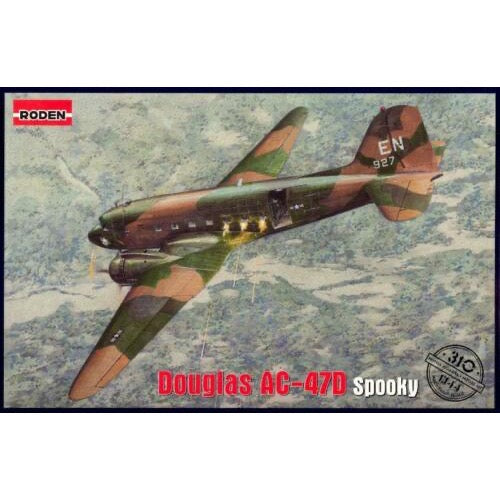
Roden 310 1/144 Douglas AC-47D Spooky Gunship
12.00
$
<p>The rapid development of jet aircraft in the immediate post-war years seemed to promise the end of the use of piston-engined aircraft in combat. However, the local conflicts of the first decades of the second half of the 20th Century proved that it was too early to send the veterans into retirement.</p>
<p>The war in Vietnam presented a number of unpleasant surprises to the US military command, one of which was the so-called "Ho Chi Minh Trail" - an extensive network of trails and small roads in southern Vietnam and Laos, through which there was a continuous supply of weapons for the Army of the National Liberation Front. Attempting to attack it from the air using jet aircraft became a fiasco - the small groups of rebels quickly disappeared, long before the approaching aircraft, and therefore the effectiveness of such missions for the US Air Force was near zero. Perhaps the only positive factor was the weakness of the rebel defense, or indeed the complete lack of it.</p>
<p>Initially the old A-26 Invader attack aircraft was used to fight the guerrillas, immediately converted to the B-26K standard. The plane carried effective weapons, but its flight endurance was very limited, even with the use of external fuel tanks. So the idea was born, to equip transport aircraft with weapons to attack ground targets from the air. Transports could stay up in the air for a long time, and their big cargo compartments allowed for the installation of ample armament.</p>
<h3>Specification</h3>
<ul>
<li>Dimensions: 250x160x34 mm (9.8x6.3x1.3 inch)</li>
</ul>
<h3>Contents</h3>
<ul>
<li>Plastic sprue, Decalsheet (waterslide)</li>
</ul>
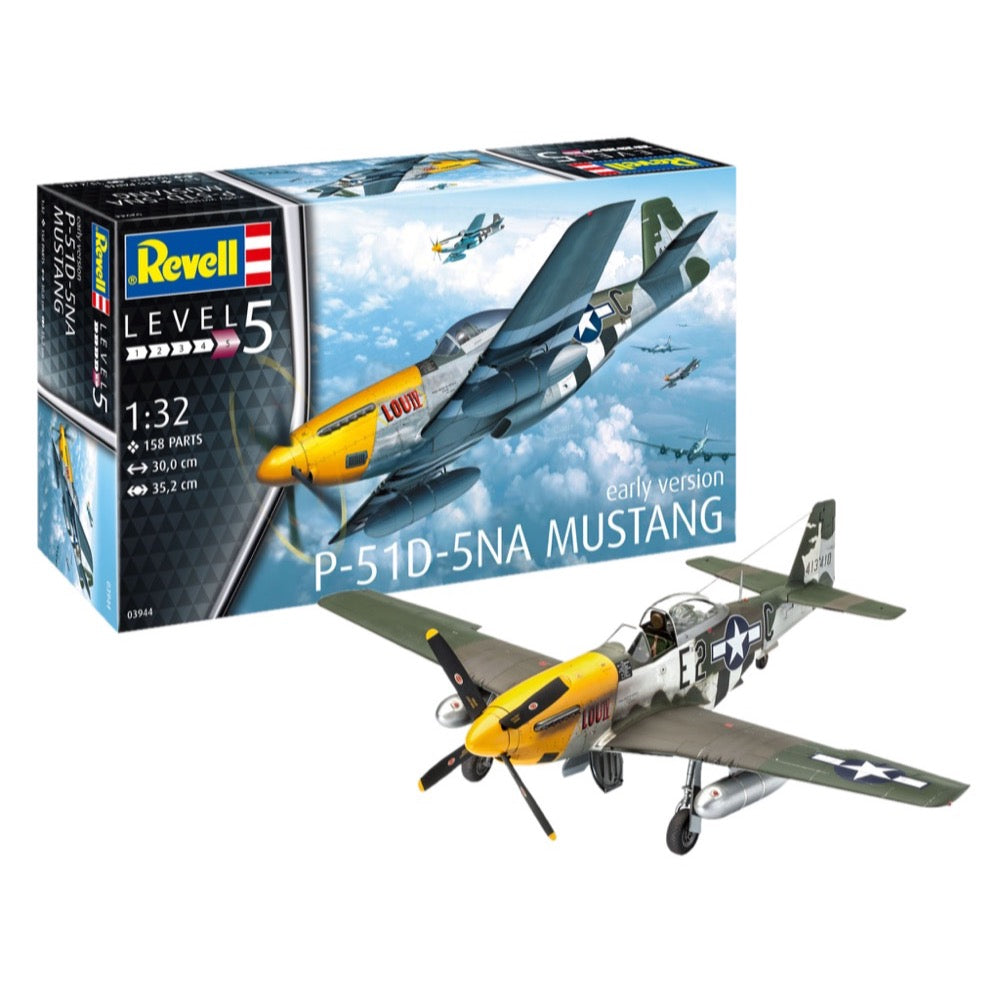
Revell 03944 1/32 P-51D Mustang
46.00
$
<p>The P-51D Mustang is one of the most extraordinary and effective combat aircraft of World War II. It proved to be a versatile weapon for long-range flights as well as for ground support.</p>
<h3>Features</h3>
<ul>
<li>New kit form</li>
<li>Detailed cockpit, instrument panel</li>
<li>2 different exhaust systems</li>
<li>Detailed oil cooler</li>
<li>Separate ailerons</li>
<li>Landing flaps</li>
<li>Detailed chassis</li>
<li>Cockpit canopy optionally open</li>
<li>2 different additional tanks</li>
</ul>
<h3>2 bombs Authentic representation of the following versions</h3>
<ul>
<li>P-51D Mustang, LouIV / Athelené, Colonel TJJ Christian</li>
<li>P-51D Mustang, Desert Rat ', Captain Herschel Pascoe</li>
</ul>
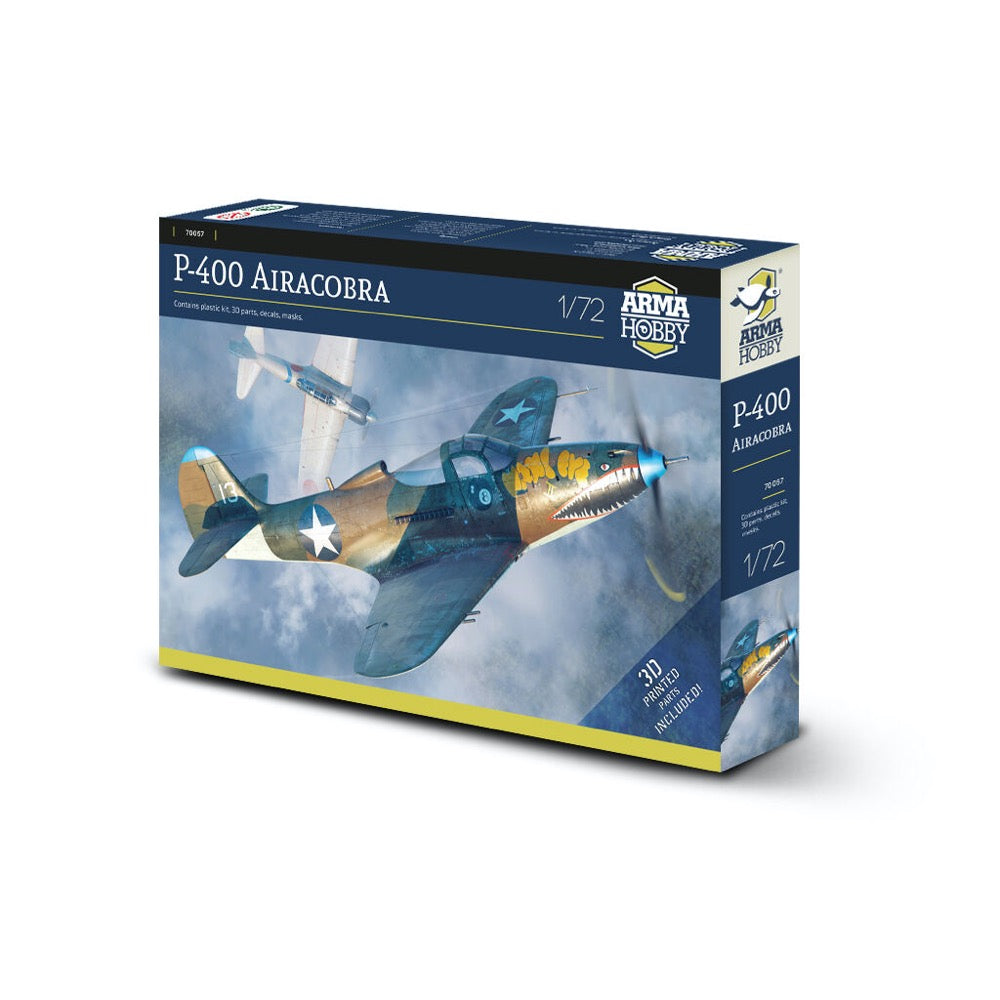
Arma Hobby 1/72 P-400 Airacobra
25.00
$
<p>The P-400 is a variant of one of the World War II most interesting and innovative fighters: the P-39 Airacobra. Bell designers equipped Airacobra with a front wheel, an engine in the centre of gravity of the airframe and a solid 37 mm cannon. The engine was originally equipped with a turbo-supercharger, which provided the prototype flown in the spring of 1939 with excellent performance at high altitudes. However, US aviation officials preferred less-complex propulsion, fit to operate at a lower altitude. The implementation of Airacobra into mass production and combat units coincided with the rapidly changing circumstances related to the outbreak of war in Europe, and then on the Eastern and Pacific fronts. With the advent of more effective aircraft types, more than half of the 9,558 produced Cobras were sent under Lend-Lease to the Soviet Union, where the aircraft performed excellently: battles were fought at the low altitude for which the Airacobra was best suited. Of the top 10 Soviet aces, half flew Airacobras.</p>
<p>The export version of the Airacobra was created before the US entered the war, on French and British orders. It was distinguished by being armed with a 20 mm cannon instead of a 37 mm one and by twelve exhaust tubes on each side of the engine. In the RAF, the plane was named Airacobra I. Due to the lack of a supercharger, it was too weak to fight the Luftwaffe, so the British quickly withdrew it from service.</p>
<p>After the Japanese attack on Pearl Harbor, the US government requisitioned many of the machines produced for the RAF, retaining their unusual equipment and even British camouflage and serial numbers. The planes were named P-400 and were urgently sent to fight in the South Pacific. Also, some of the fighters already delivered to Britain were taken over by the USAAF and used in combat in North Africa. Later, many P-400s went to the USSR.</p>
<h3>Contents</h3>
<ul>
<li>plastic parts<br>
</li>
<li>3D-printed resin fuselage nose<br>
</li>
<li>canopy and wheel masks<br>
</li>
<li>decals with three markings options (USA)<br>
</li>
<li>steel balls for nose weight</li>
</ul>
<h3>Camouflage and marking options</h3>
<ul>
<li>P-400 Airacobra „white 13” „Wahl Eye”, 39FS/35FG, pilot Lt. Eugene A. Wahl, Port Moresby, New Guinea, Summer 1942<br>
</li>
<li>P-400 Airacobra „white 19”, AH736, 80FS/8FG, Turnbull Airstrip, Milne Bay 1942<br>
</li>
<li>P-400 Airacobra „white 13” „Hells Bell”, BW151, 67FS/347FG, pilot Lt. Robert M. Ferguson, Guadalcanal, August-November 1942<br>
</li>
</ul>
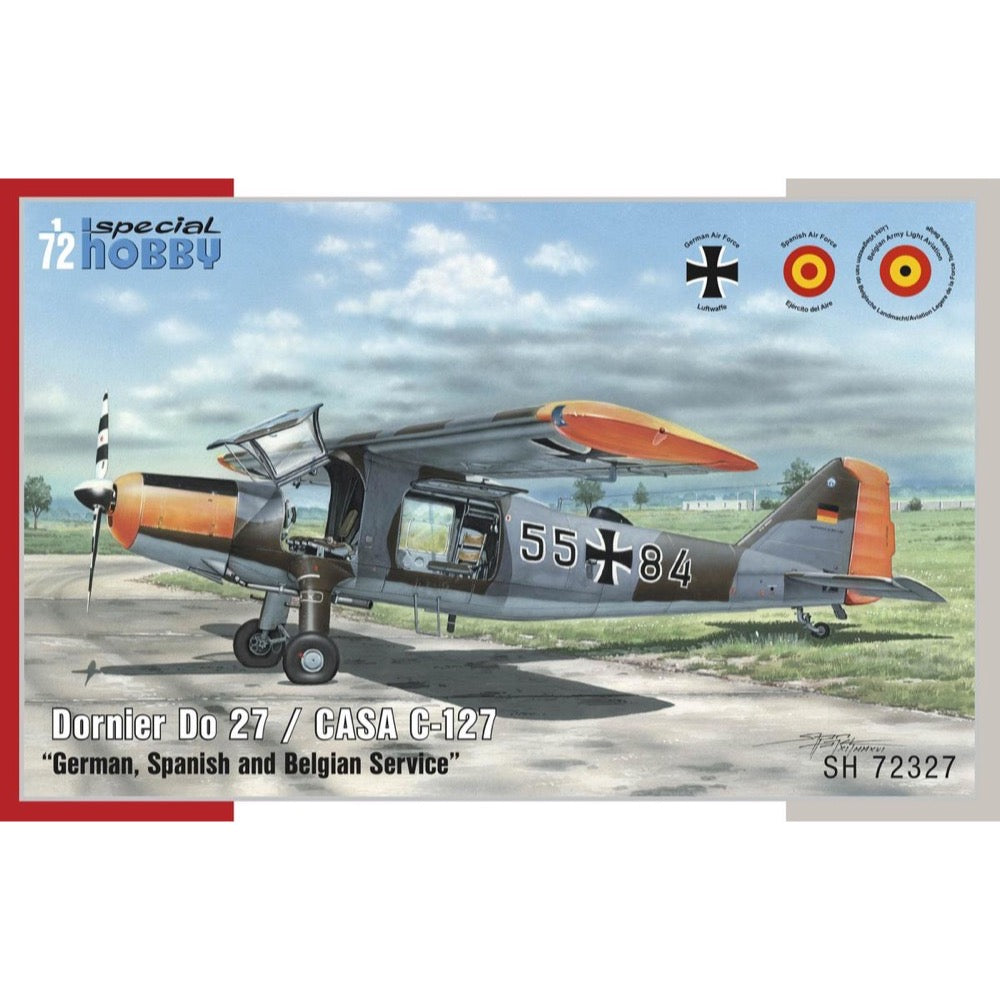
Special Hobby SH72327 1/72 Dornier Do 27
12.00
$
<h3>Dornier Do 27 "German, Spanish and Belgian Service" 1/72</h3>
<p>In the post war year, many German aircraft designers feared the possible ban on aircraft production and begun to leave the country. Among them also Claudius Dornier Jr., the son of the famous German WW2 aircraft builder. He settled in Spain where he founded company named Oficinas Técnicas Dornier (OTEDO). In the middle 50’s, the Spanish Air Ministry was looking for a new STOL aircraft and having received the order, Dornier designed the Dornier Do 25 type, a high wing aircraft for a crew of four. Two prototype airframes were built by CASA company in Spain, while in Germany, in rebuilt Dornier works, the type was redesigned to the Do 27, powered by the Lycoming GSO-480-B1B6 engine. This type was also finally put into production, becoming the first aircraft to be mass-produced in Germany after the war. In total, 428 airframes were built in several different versions and they were operated by all three services of the newly built German military, ie the air force, navy and land forces. At the same time, a 50-unit batch was also produced in Spain for their military, named the CASA C-127/U.9. The type’s many versions differed mainly by the style of the undercarriage, engine and propeller used, the shape of the tail fin or by having either single or twin controls in the cockpit. The Dornier Do 27 was not only used by air forces of many European countries, namely by Portugal, Belgium, Sweden, Switzerland and some others, but also elsewhere over the globe. It could be seen flying in several African countries, in the State of Israel and also in Turkey. The type found its way to civil aviation market too and was quite liked by so-called bush pilots for its excellent performance in harsh conditions of irregular transport lines in Africa or South America. In Europe, the Do 27 served as touring or skydiving aircraft.</p>
<p>This nicely detailed model originates in steel moulding tools and comes on four sprues of grey styrene and one sprue of clear parts which can be attached also in open position – meaning both the front cockpit door and the large fuselage window on either side of the fuselage to nicely show the busy interior of the model.</p>
<p>The decal sheet offers markings for three machines. The German option portrays a machine in standard camouflage with high visibility orange wing tips, rudder and cowling panels and what makes her even more interesting, with black and white stripped propeller. The two other options is a Belgian plane olive overall and a Spanish one in aluminium over pale blue as it was operated in the Spanish Sahara.</p>
<h3>Specification</h3>
<ul>
<li>Weight: 0.151 kg</li>
<li>Origin: Belgian, Spanish, german</li>
<li>Scale: 1/72</li>
<li>Era: Modern, Postwar<br>
</li>
<li>Type: Aircraft</li>
<li>Edition: Special Hobby</li>
<li>Product: Plastic kits</li>
</ul>


